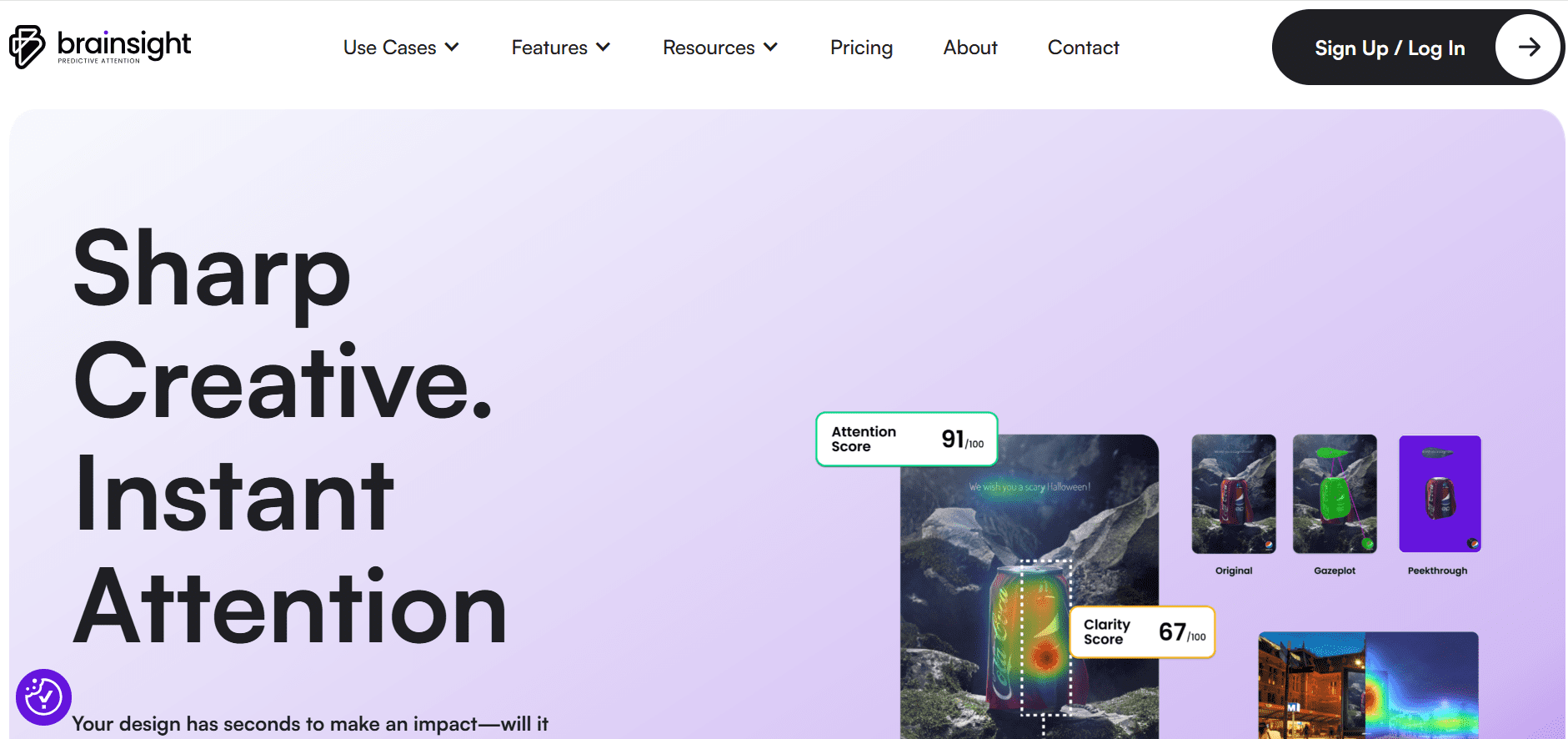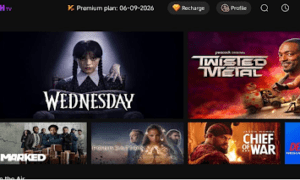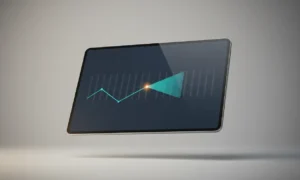Table of Contents
- Introduction
- What Predictive Eye-Tracking Provides
- Methodologies in Ad Pre-Testing
- Attention vs. Engagement: A Clear Distinction
- Applications Across Advertising and UX
- Benchmarks, Clarity, and Context
- Why Predictive Attention Matters Now
- Final Thoughts
Introduction
In advertising and user experience (UX), the competition for visibility is measured in seconds. Research shows that people make subconscious visual decisions within the first two to three seconds of exposure. This moment is called attention: the likelihood that something is seen almost immediately, before interpretation or emotion. Significantly, attention differs from engagement—observable user actions such as clicks, scrolls, or conversions—and from visibility, which only means an element is on-screen and has the potential to be seen.
Historically, understanding attention required live eye-tracking: real participants outfitted with specialized hardware while their gaze was measured in real time. While accurate, this approach is expensive, slow, and difficult to scale. Today, AI-powered tools like AI eye tracking software provide a complementary approach through predictive eye-tracking: software that forecasts likely initial attention without human participants or hardware.
What Predictive Eye-Tracking Provides
Brainsight is a predictive visual attention modeling tool that uses computational saliency models trained on large live eye-tracking datasets. Instead of measuring user behavior, it forecasts how likely elements are to attract attention in the first 2–3 seconds—known as instant attention.
The platform provides:
- Predictive heatmaps showing which areas are most likely to capture attention.
- Gazeplots illustrating the predicted sequence of visual fixations.
- Attention scores quantifying the probability of visibility for key elements.
- Object and text recognition to confirm whether logos, CTAs, or brand assets fall within attention hotspots.
These forecasts help teams identify potential visibility issues early. Predictive outputs do not replace user testing but accelerate iteration before moving into resource-intensive validation.
Methodologies in Ad Pre-Testing
Different methods provide different types of insights:
- Qualitative: interviews, focus groups → user feedback.
- Quantitative: surveys, A/B testing → statistical behavioral data.
- Physiological: live eye-tracking, EEG, facial coding → measured biometric responses.
- Predictive: AI modeling (e.g., Brainsight) → forecasts of initial visual attention.
Brainsight belongs to the predictive category. It is best used as an early-stage diagnostic to screen creative concepts quickly, before live testing validates results for high-stakes campaigns.
Attention vs. Engagement: A Clear Distinction
It is essential not to conflate metrics:
- Attention = forecasted likelihood that something is seen in the first 2–3 seconds.
- Visibility = whether content appears on-screen and can be seen.
- Engagement = actual, observed user actions (clicks, scrolls, conversions).
Predictive eye-tracking forecasts attention and visibility only. It does not measure emotions, recall, or intent. Behavioral analytics and physiological tools are required for that.
Applications Across Advertising and UX
Brainsight’s predictive modeling offers fast, scalable insights across use cases:
- Ad pre-testing (predictive): Forecast whether campaign assets are positioned for visibility before media spend.
- UX and CRO optimization (predictive + behavioral): Check if CTAs and navigation align with natural gaze patterns.
- Video post-production (predictive): Position overlays and product shots in attention hotspots.
- Brand analytics (predictive + benchmark): Validate that logos consistently appear in predicted high-attention zones.
These applications show predictive modeling’s strength in early creative screening, always complemented by live validation for critical decisions.
Benchmarks, Clarity, and Context
Predictive outputs gain meaning when contextualized:
- Benchmark scores compare predicted results against peer datasets in similar channels.
- Clarity scores flag visual clutter and competing hotspots, enabling teams to refine UX visual hierarchy.
Together, these layers provide actionable guidance, highlighting what is likely to be seen and how creative performance compares to industry standards.
Why Predictive Attention Matters Now
As industries move beyond surface-level KPIs like impressions and clicks, predictive attention has emerged as an essential early-stage diagnostic. It forecasts visibility, helping teams refine creative concepts quickly and reduce wasted iterations.
The best practice is integration: predictive insights guide early design, while behavioral analytics and live testing validate effectiveness and ROI. This layered workflow ensures both speed and reliability.
Final Thoughts
Capturing attention in the first seconds of exposure can determine whether creative assets succeed or fail. By simulating how viewers are likely to see content, AI eye tracking software such as Brainsight equips advertisers and UX teams with predictive heatmaps, gazeplots, attention scores, and clarity benchmarks.
These forecasts are not certainties but invaluable for accelerating iteration and minimizing risk. When combined with live validation, predictive insights provide a robust foundation for designing confidently—ensuring that the correct elements are positioned to be noticed when it matters most.



































